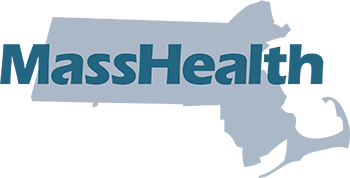What are ConnectorCare plans?
ConnectorCare plans are a set of plans that offer lower monthly premiums and lower out-of-pocket costs, because they are partially paid for by the state. If you qualify for a ConnectorCare plan, you will be able to get the most savings possible. Learn more about ConnectorCare plans






